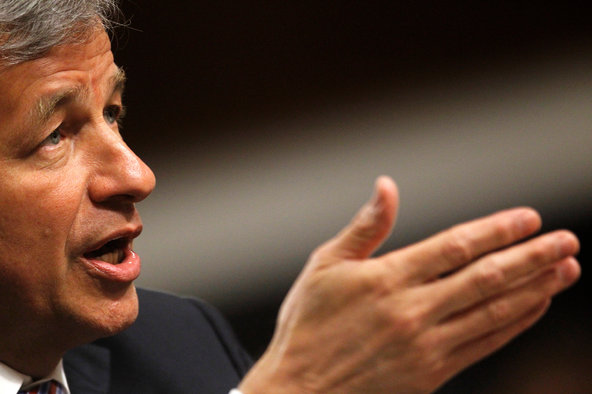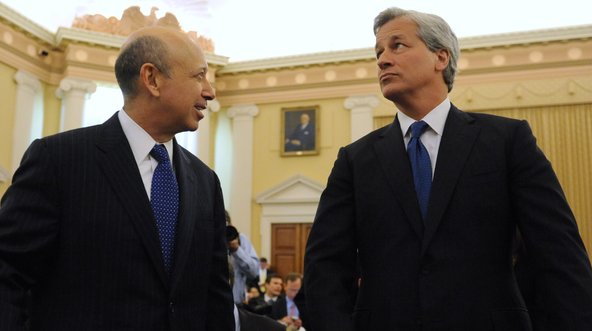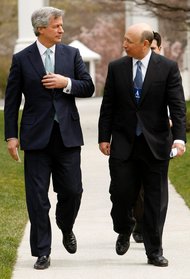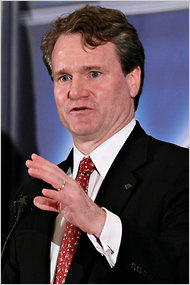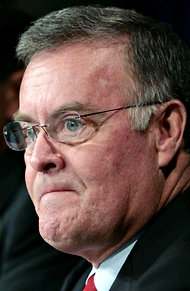The biggest of the proxy advisory firms, Institutional Shareholder Services, lent its support to Sprint Nextel‘s proposed sale to SoftBank of Japan late Friday, amid ongoing criticism of the deal by investors and a rival bid by Dish Network.
In its report, I.S.S. found that SoftBank’s offer fairly valued Sprint and provided much-needed capital that would help the wireless provider expand its network and turn around its long-struggling fortunes.
“Given the strategic merits of the SoftBank transaction, the sales and negtiation process overseen by the board, the strength of the valuation relative to precedent transactions, and the market reaction, a vote for the transaction is warranted,” I.S.S. wrote.
The recommendation by I.S.S. may influence many of the institutional investors that own shares in Sprint ahead of a scheduled meeting on June 12. The shareholder vote is considered the last major hurdle for the deal: Sprint and SoftBank received national security clearance for the offer earlier this week, and the Federal Communications Commission is expected to rule within days.
Some shareholders have questioned whether SoftBank’s offer values the cellphone service provider highly enough.
SoftBank is offering $7.30 a share in cash. It already invested $3.1 billion in Sprint last fall, providing capital that helped shore up the American company and financed a separate bid for an affiliated network operator, Clearwire. And if the deal is approved, it will invest an additional $4.9 billion.
If the deal is approved, SoftBank would own 70 percent of Sprint.
All told, I.S.S. values SoftBank’s bid at $6.45 a share, a level the proxy adviser finds reasonable.
By contrast, Dish’s takeover bid is offering $7 a share for Sprint in cash and stock. I.S.S. did not take a position on Dish’s rival $25.5 billion bid, citing the Sprint board’s ongoing discussions with the satellite TV company and the preliminary public details of the offer.
But I.S.S. did pose questions about whether a combined Dish and Sprint, which would carry more debt, would be able to afford the necessary expenses to improve the cellphone service provider’s network.
Shares in Sprint closed on Friday at $7.30 a share, suggesting that investors are expecting a bump from either side.
Article source: http://dealbook.nytimes.com/2013/06/01/i-s-s-backs-sprints-deal-with-softbank/?partner=rss&emc=rss
